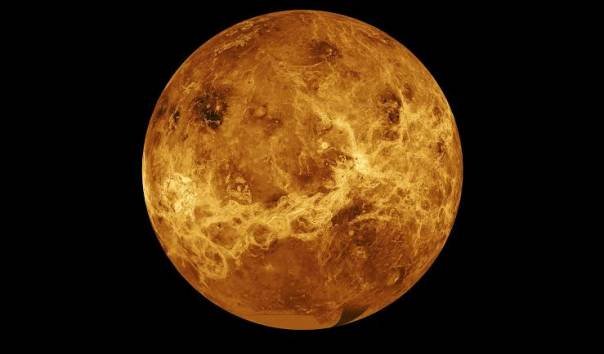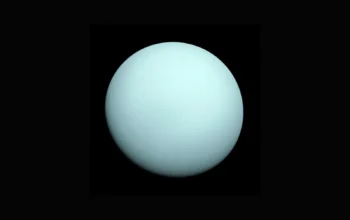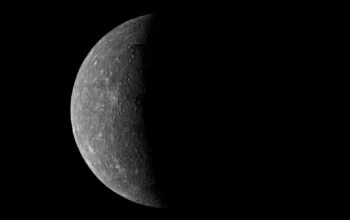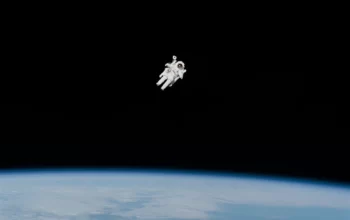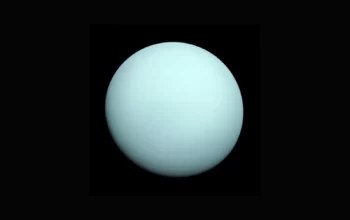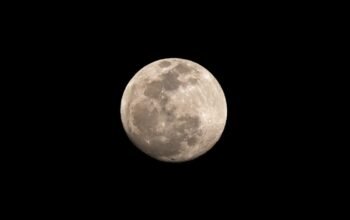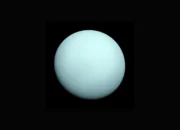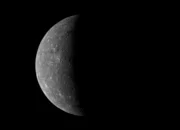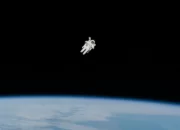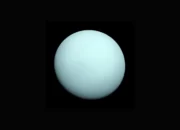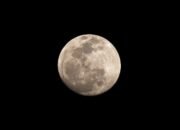middleportal.com – Venus, the second planet from the sun, takes approximately 225 Earth days to complete one orbit around the sun. This is equivalent to 0.615 Earth years. In comparison, Earth takes about 365.25 days to complete its orbit. The shorter orbital period of Venus is primarily due to its closer proximity to the sun and its smaller orbit.
While orbiting the sun, Venus travels at an average speed of 78,431 miles per hour. This rapid speed allows Venus to maintain its orbit despite the strong gravitational pull of the sun. The gravitational force between Venus and the sun keeps Venus in a stable orbit, ensuring that it does not veer off into space or collide with other celestial bodies.
The Retrograde Rotation of Venus
One fascinating aspect of Venus is its retrograde rotation. Unlike most planets in our solar system that rotate in the same direction as their orbit, Venus rotates in the opposite direction. This means that the time from one sunrise to the next on Venus is only about 117 Earth days long.
To an observer on the surface of Venus, the sun would rise in the west and set in the east. However, due to Venus’s thick, opaque clouds, observing the sun from the planet’s surface is not possible. These clouds create a perpetual veil over the planet, making it difficult to study Venus’s surface and atmosphere in detail.
The Rotational Period of Venus
In addition to its unique retrograde rotation, Venus also has a longer rotational period compared to its orbital period. It takes approximately 243 Earth days for Venus to complete one full rotation on its axis. This means that a day on Venus is longer than its year, which is quite different from Earth’s 24-hour day and 365-day year.
The exact reasons behind Venus’s slow rotation are not fully understood, but scientists believe it may be due to the planet’s dense atmosphere and its interaction with the gravitational forces of the sun and other planets. These factors contribute to the complex dynamics of Venus’s rotation and make it an intriguing subject for further study.
Conclusion
Venus, with its shorter orbital period and retrograde rotation, presents a unique set of characteristics in our solar system. Its proximity to the sun and smaller orbit result in a faster journey around our star compared to Earth. The retrograde rotation of Venus creates a different sunrise and sunset experience, although the planet’s thick clouds prevent direct observation of these phenomena from its surface. Understanding the orbital and rotational periods of Venus contributes to our knowledge of planetary dynamics and helps us appreciate the diversity of worlds within our solar system.
